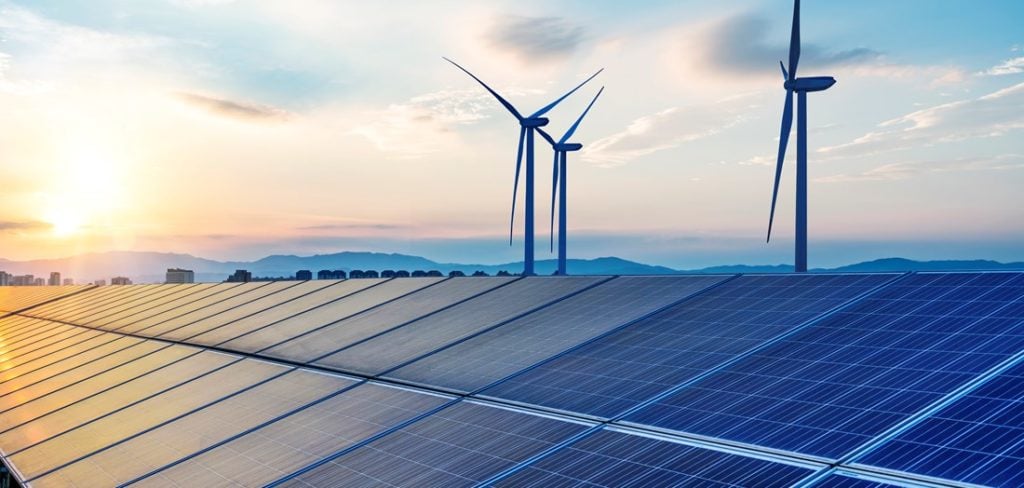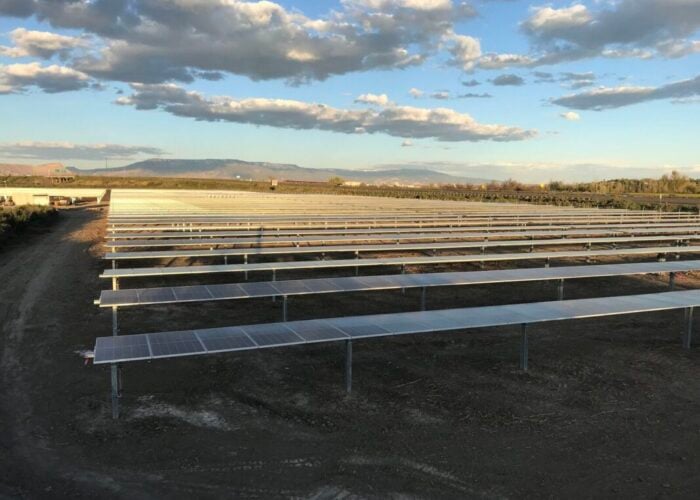
The Australian government has allocated an additional AU$2 billion (US$1.25 billion) to its green bank, the Clean Energy Finance Corporation (CEFC), to support renewable energy generation and energy storage.
A statement released by the Australian government today (23 January) emphasised that the funding will enable the CEFC to unlock further private investment in renewable energy generation and supplementary technologies. The government expects around AU$6 billion to be introduced from global and local organisations through this funding.
Try Premium for just $1
- Full premium access for the first month at only $1
- Converts to an annual rate after 30 days unless cancelled
- Cancel anytime during the trial period
Premium Benefits
- Expert industry analysis and interviews
- Digital access to PV Tech Power journal
- Exclusive event discounts
Or get the full Premium subscription right away
Or continue reading this article for free
This additional funding takes the CEFC’s its total investment capacity to AU$32.5 billion.
Ian Learmonth, CEO of the CEFC, said the new funding is an important demonstration of the Australian government’s support for the CEFC as the country’s green bank.
“CEFC investment commitments through the General Portfolio include renewable energy generation and storage, property, electric vehicles, infrastructure and natural capital. They also include capital for our asset finance programs, which have already provided discounted finance to households, businesses and farmers across nearly 80,000 smaller-scale clean energy investments,” Learmonth said.
“In the six months to December 2024, the CEFC made investment commitments of AU$1.1 billion through the General Portfolio, with a total transaction value of AU$6.3 billion, representing an additional AU$4.85 for each dollar of CEFC capital committed. This is a strong indication of the level of market interest in a diverse range of clean energy investment opportunities.”
Notable CEFC investments in Australia’s energy transition
The CEFC was founded in August 2012 and is a government-owned entity that invests in clean energy to support Australia’s decarbonisation targets.
Over the years, the organisation has invested in several well-known clean energy developments. One such example is supporting French independent power producer (IPP) Neoen’s rollout of solar PV, wind and battery energy storage assets in Australia.
The CEFC contributed to an AU$1.4 billion finance raise for the IPP secured in December 2024. The capital raise will support Neoen’s existing 66MW Parkes, 36MW Griffith, and 28MW Dubbo solar PV plants in New South Wales, alongside the 157MW Kaban Green Power Hub in Queensland, which comprises wind generation.
It will also be distributed across Australia to develop an additional 1.3GW of renewable energy generation and energy storage capacity.
This adds to a funding package Neoen secured in February 2024 to help develop a portfolio of 1.5GW portfolio of solar, wind and battery energy storage assets in Australia.
The finance revealed in February 2024 amounted to AU$1.1 billion and supports developing and constructing projects across five Australian states. Three solar projects with a collective 777MW of capacity are included in the mix: Numurkah Solar Farm in Victoria (128MW), Western Downs Green Power Hub in Queensland (460MW), and Coleambally Solar Farm in New South Wales (189MW).
Neoen will also develop four wind power projects and the Collie Battery Stage 1 energy storage project in Western Australia. Construction on the 219MW/877MWh 4-hour capacity battery system started in early 2024 and was completed in October.
Alongside a contribution to Neoen, the CEFC confirmed its largest single investment since its inception when it committed up to AU$1.92 billion to enable the construction of the HumeLink transmission project. The project will see 365km of new 500kV high-voltage transmission infrastructure between Wagga Wagga, Bannaby and Maragle in New South Wales.
The HumeLink will be one of the projects that help unlock the full capacity of the expanded Snowy Hydro Scheme, better known as Snowy 2.0, which will see a 2GW pumped hydro energy storage project built with a storage duration of 175 hours, providing additional grid stability.
CEFC supports the Albanese government’s ‘Future Made in Australia’
Australia’s prime minister, Anthony Albanese, who is facing a federal election in 2025, said the finance forms part of the Labor government’s plan for a “Future Made in Australia.”
“This boost to the CEFC is expected to unlock around AU$6 billion worth of private sector investment, supporting local good well-paid jobs, energy security and economic growth. We are building Australia’s future, not taking Australia backwards,” Albanese added.
The government’s ‘Future Made in Australia Bill‘ has introduced various mechanisms and levers to support the energy transition in Australia through renewable energy deployment and increased domestic manufacturing capabilities.
First introduced in July 2024, the Bill aims to ensure that Australia “makes the most of the major economic and industrial opportunities of the energy transition.” To support this goal, several notable programmes, such as the Solar Sunshot and Solar ScaleUp Challenge, have been introduced for solar PV.
The Solar Sunshot initiative opened in August 2024 and is split into two rounds. Round 1A, with an allocation of AUS$500 million, is intended to support innovation in solar PV manufacturing, focusing on modules, inputs to modules, and deployment systems. Round 1B, on the other hand, will allocate funds from a pool of AUS$50 million for solar PV manufacturing studies, including feasibility and engineering studies.
The Australian government also launched a complementary programme, the Solar ScaleUp Challenge, in June 2024. Whereas Sunshot focuses on domestic module manufacturing, ScaleUp delves into the deployment of solar modules.






